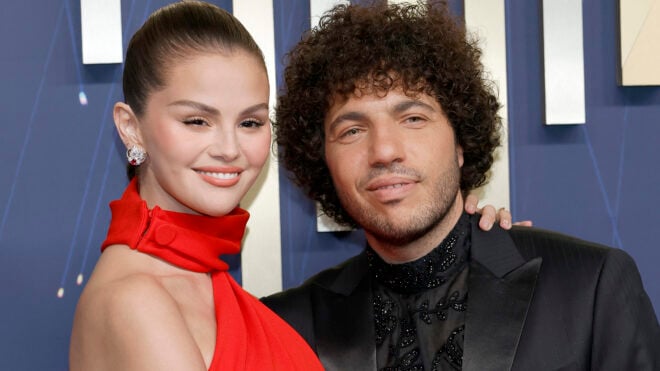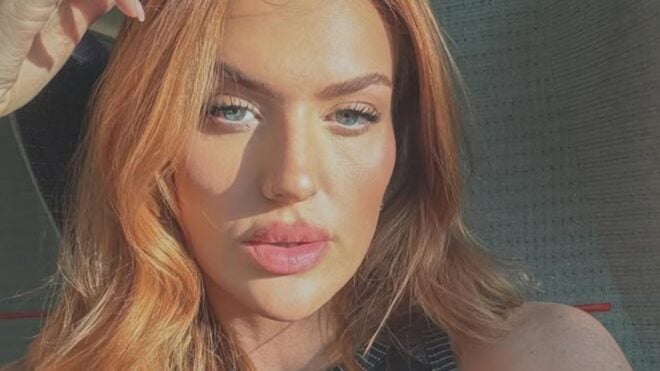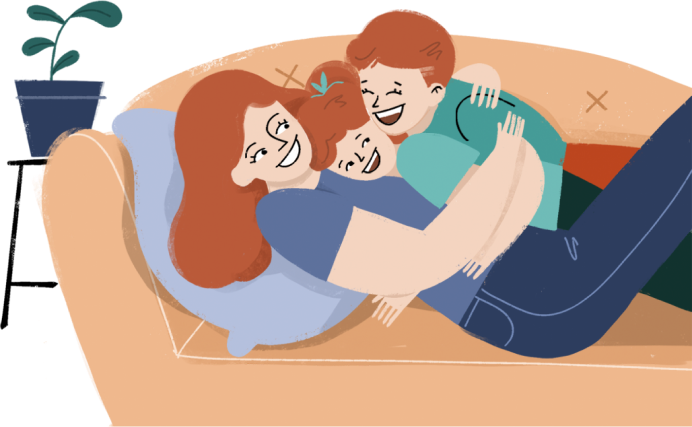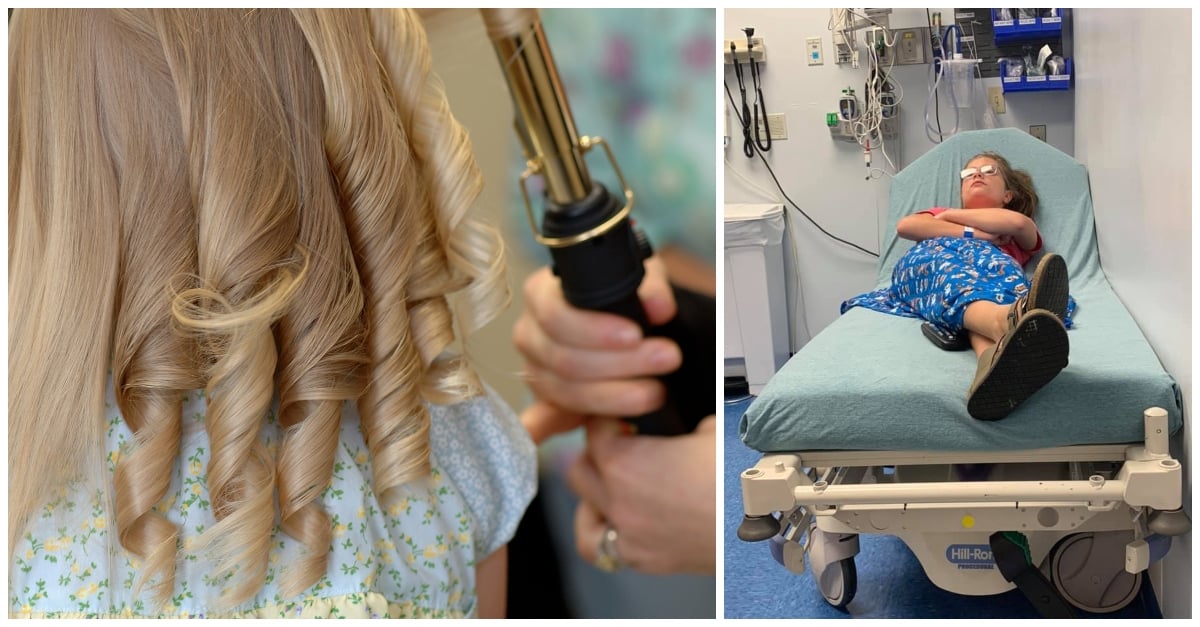
A woman in Tennessee is spreading the word about a rare medical condition that can cause children to faint or feel dizzy during hairstyling sessions.
The condition, called hair-grooming syncope, affects only a handful of children every year, so there's a good chance that you've never heard of it. If it did happen to your child, though, you might feel pretty terrified. An episode can resemble an epileptic seizure, and it seemingly comes out of nowhere.
Alicia Brown Phillips first encountered the condition when she was doing her younger sister Gracie's hair. Gracie started to gag and lose color in her face, and her hands started to shake. Then she went limp.
Alicia was terrified. She rushed Gracie to the ER, where doctors finally informed her of what was going on.
Now Alicia has made it her mission to educate others about hair-grooming syncope so that they can be prepared if it happens.
This story first appeared on LittleThings in July 2019.

Alicia was curling her 10-year-old sister Gracie's hair before church when, five minutes into the process, the little girl started to gag and lose color in her face. Alicia took her to the bathroom in case she got sick, but soon afterward, Gracie's lips turned blue, her pupils grew, and her hands shook in a way that resembled a seizure. Then she went limp for about a minute.
"She was unresponsive and not moving," Alicia told Good Morning America. "I was screaming for my husband to come into the bathroom, and he was taking her pulse, trying to say her name. It was probably the scariest thing I've ever seen."
Gracie regained consciousness soon after, and she told Alicia that she felt "much better." But Alicia didn't want to risk Gracie's health, so she took her to the emergency room upon the advice of Gracie's pediatrician.

Gracie underwent a series of tests, including an EKG, a head scan, and blood pressure tests. All of them came back normal.
Finally, doctors explained that Gracie had hair-grooming syncope. For people with this condition, the process of tugging on the hair and scalp triggers the nerves in the scalp and stimulates the body's vagus nerve, causing heart rate and blood pressure to drop.
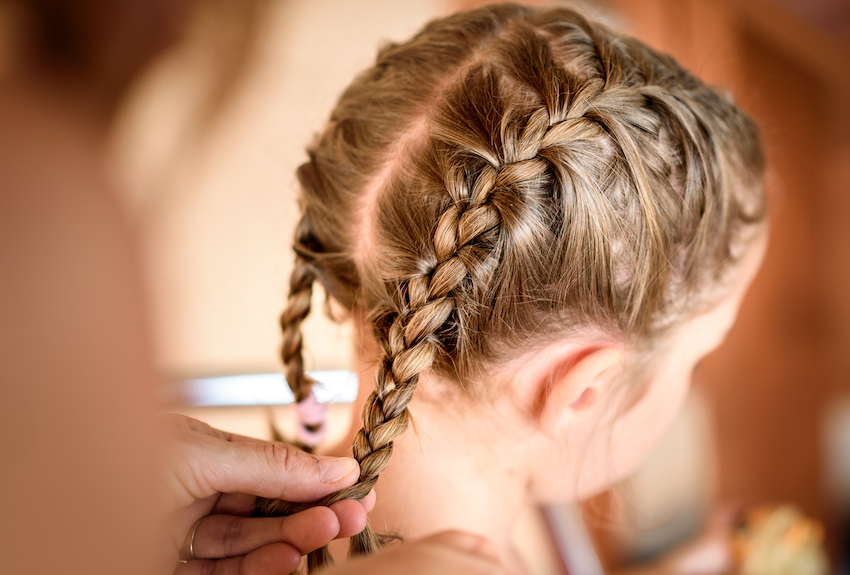
Alicia has three kids of her own and had no idea that fainting was a possible side effect of doing someone's hair. She took to Facebook to spread the word.
"I HAVE NEVER HEARD OF THIS BEFORE," Alicia wrote on Facebook. "Turns out brushing, curling, braiding, or drying can cause nerve stimulation on the scalp and cause some children to have seizure like symptoms."

The doctors told Alicia that hair-grooming syncope affects children from ages 5 to 13, and they see about one to five cases a year.
Alicia isn't the only one who had never heard of this condition before. Her post went viral, and even many health professionals learned something new from it. Other people who've had this experience in childhood were finally able to understand what happened to them.

Hair-grooming syncope is just one form of vasovagal syncope. Other people have other triggers that can cause them to faint seemingly out of nowhere, including emotional distress, the sight of blood, coughing, skipping meals, and many others.

Vasovagal syncope does not usually indicate any underlying problem with the brain or body. However, parents should take their children to the doctor if they exhibit symptoms to ensure that there isn't anything else going on.
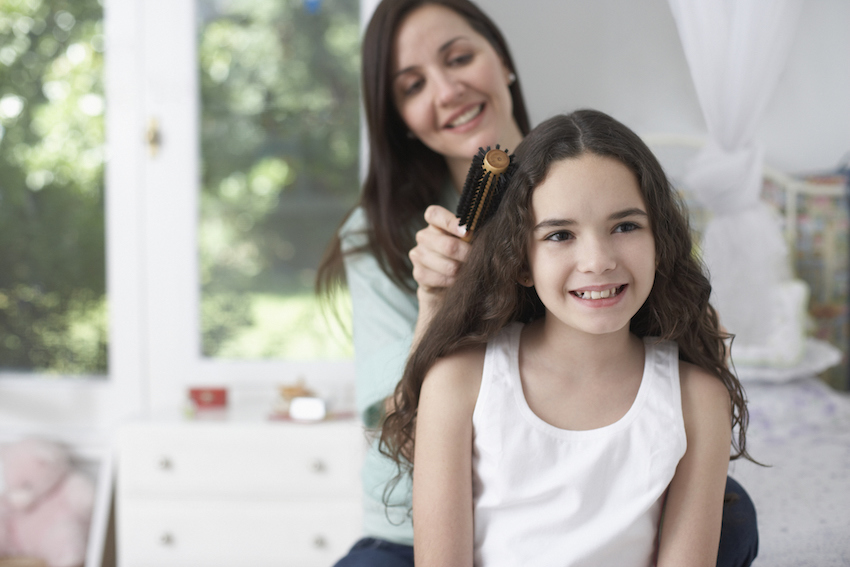
For kids with hair-grooming syncope, it's important to stay vigilant and prepared during hairstyling sessions. Dr. Dan Fain, a neurologist in Michigan, told Today that parents should make sure that children are relaxed, fed, and hydrated before doing their hair.
"Maybe have a parent present or make sure children are seated sitting in front of a mirror, instead of standing. Or combing their hair after breakfast or a glass of water," Dr. Fain said.
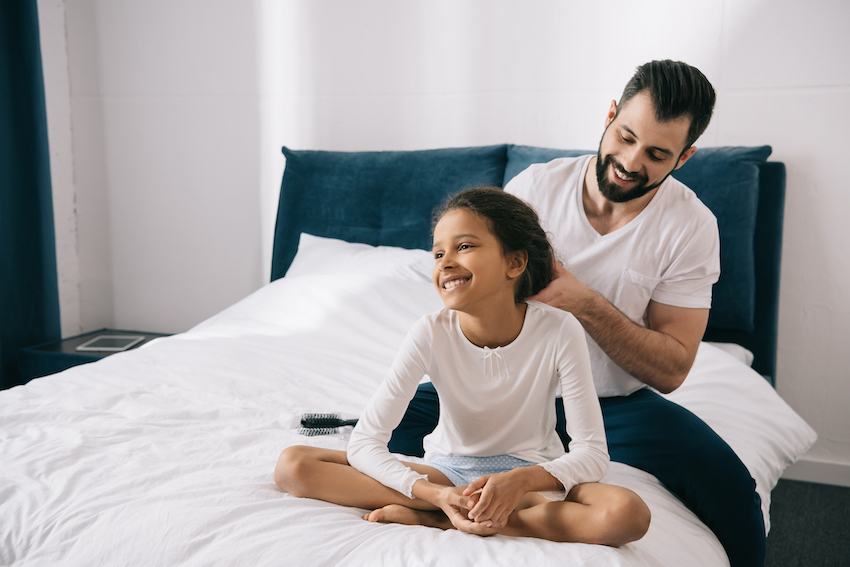
Alicia says the doctors told her that, if Gracie does start to feel light-headed or nauseous, they should pause the hairstyling process for a bit. Dermatologist Sonia Batra agrees.
"If you start to feel dizzy, lightheaded or clammy while hair grooming, stop and take a break," Sonia told Good Morning America.

"If you can, lie down and elevate your legs with pillows or prop them up until the sensation passes."
When vasovagal syncope occurs in children, they often grow out of it as they get older. Most children grow out of hair-grooming syncope by their mid-teens.
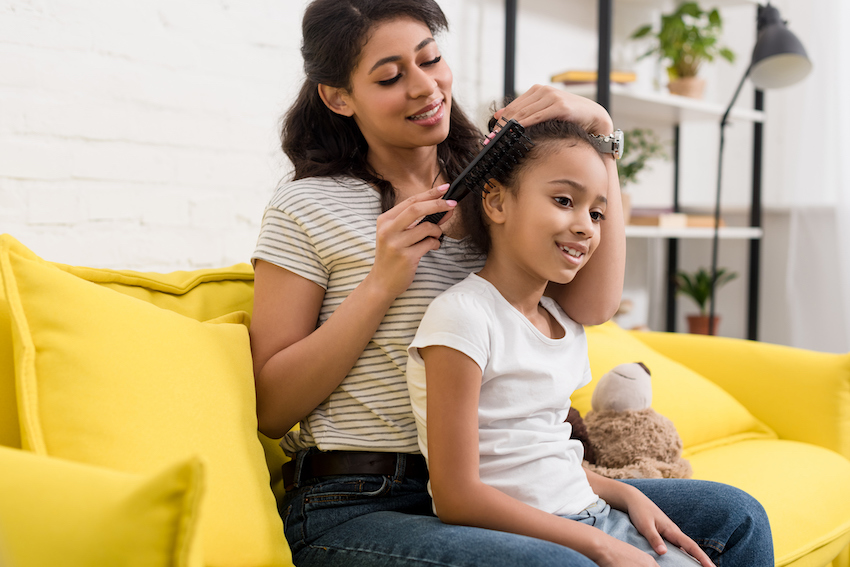
However, the condition can also be triggered by stress or fear. Even after hair-grooming syncope is no longer an issue, the fear of having an episode can sometimes trigger an episode.
"It's a vicious cycle," pediatric neurologist Dr. Deborah Sokol told Today. "If it happens again and again, it's a circuit."
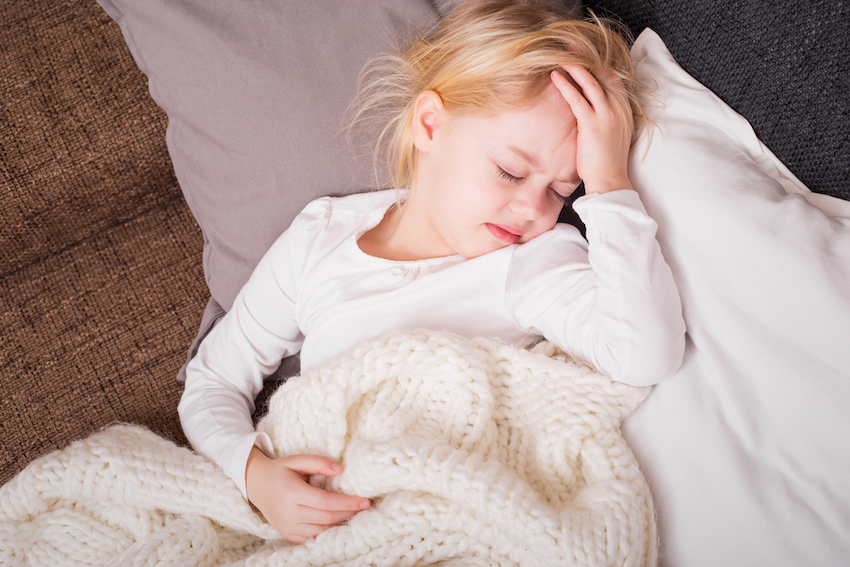
And as Alicia writes, hair-grooming syncope can be terrifying just to witness! Staying calm is easier said than done, but parents may be able to help by not transferring their own panic to their children.
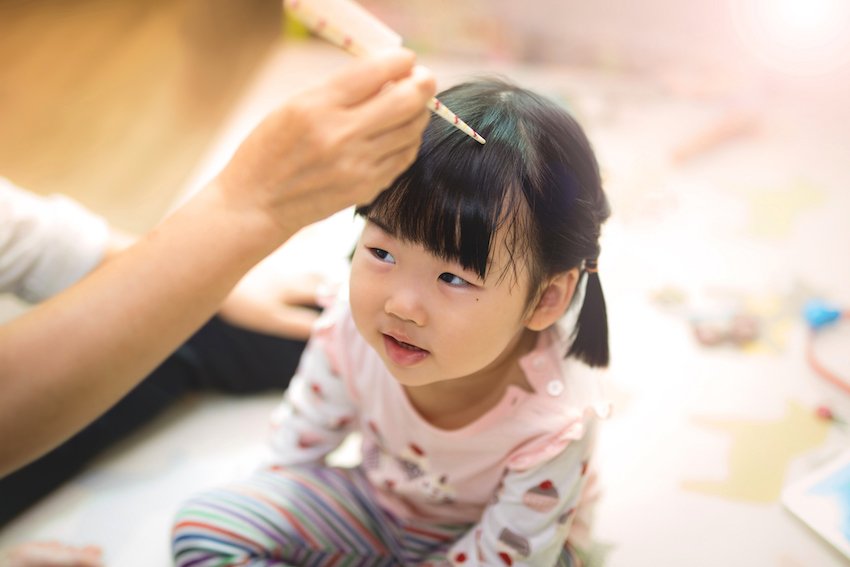
This is knowledge that every parent, caregiver, and hairstylist should be aware of!

